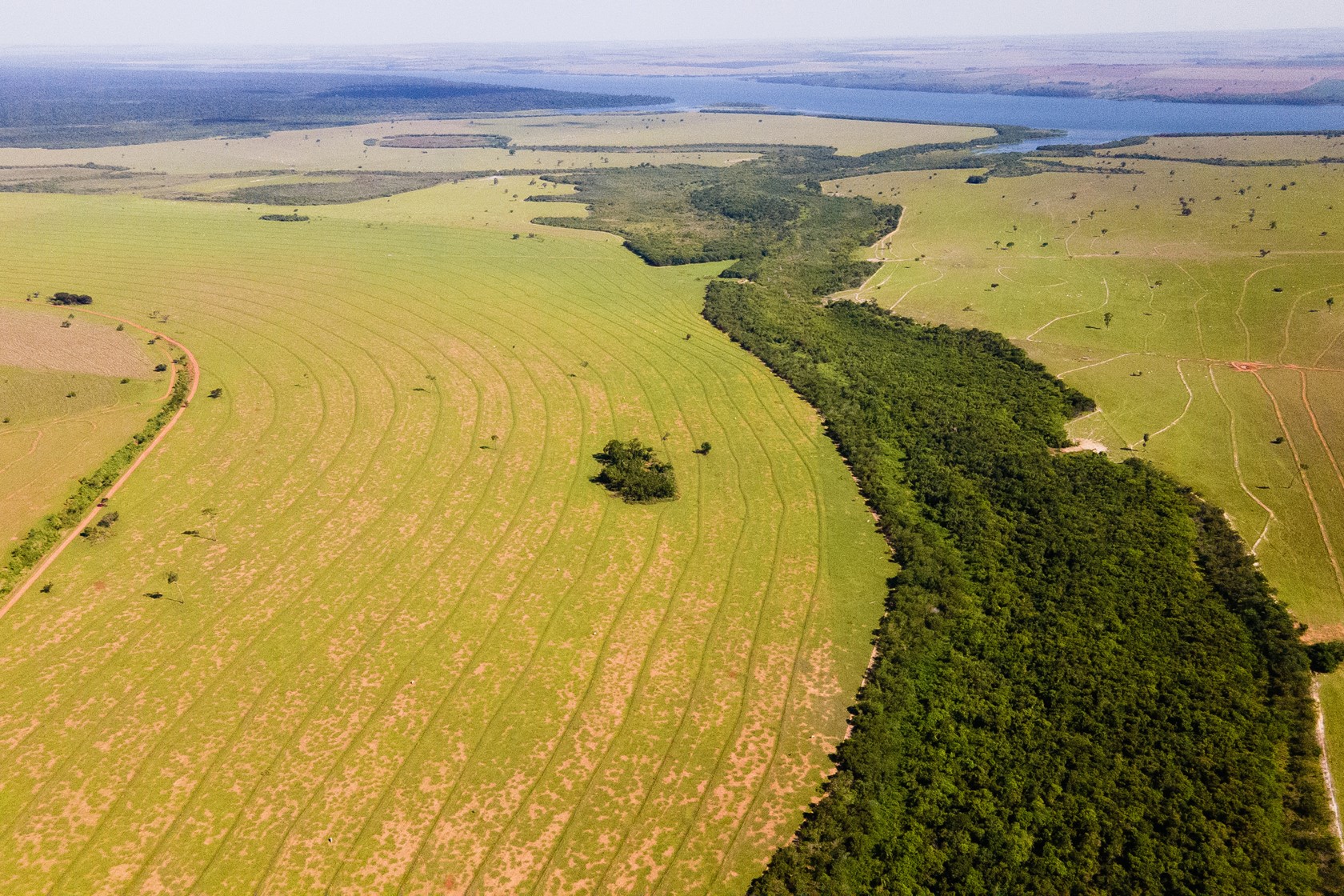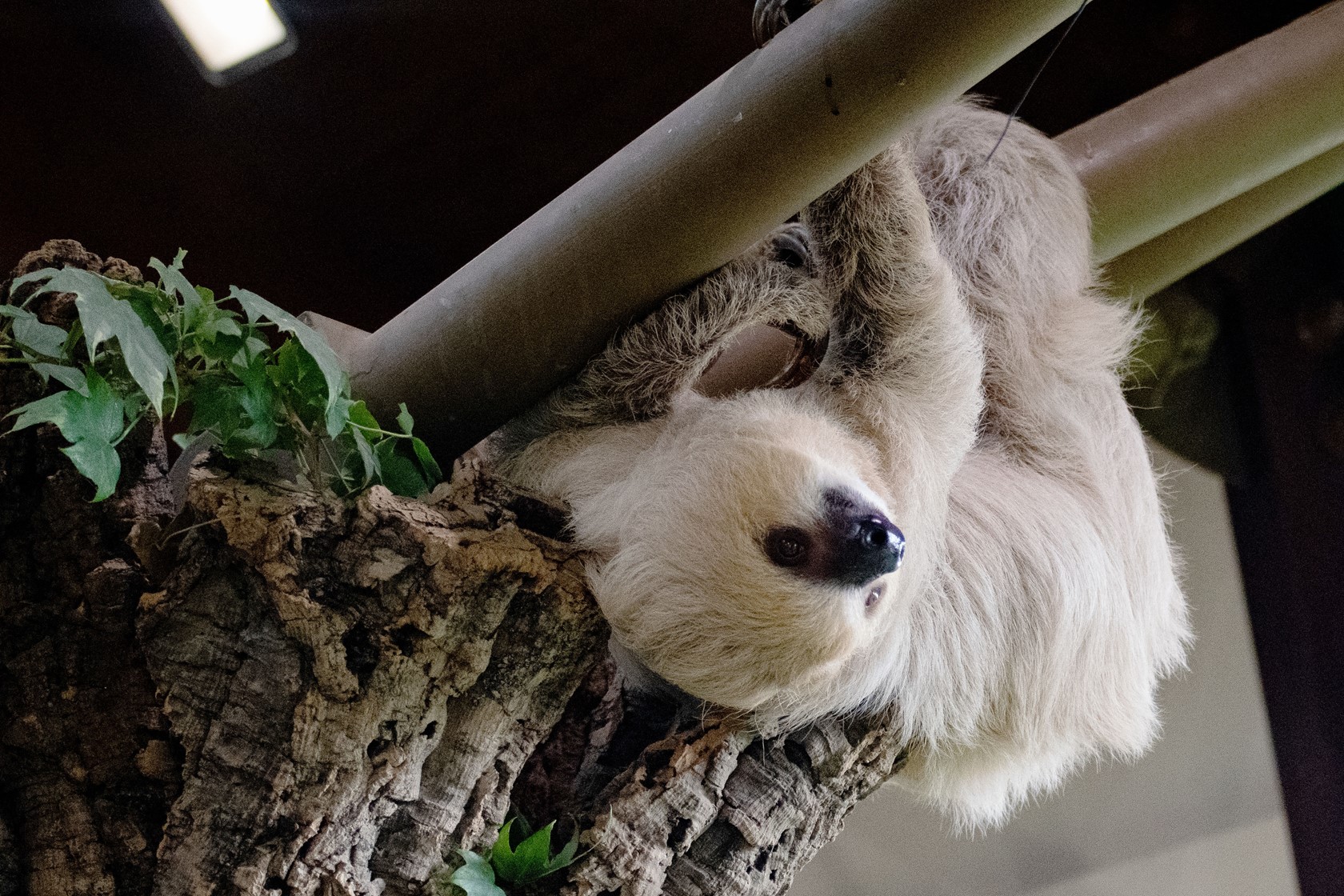Meet the Team: Saphira Hunt, Caribbean Programme Officer
Saphira is the Caribbean Programme Officer for Durrell in Saint Lucia. Saphira supports the development and delivery of our projects on the island, focusing on the conservation of several highly threatened species, including the world’s rarest snake, the Saint Lucia racer. In this interview, Saphira tells us about her journey towards a career in conservation and her work with some of the Caribbean’s most endangered wildlife.
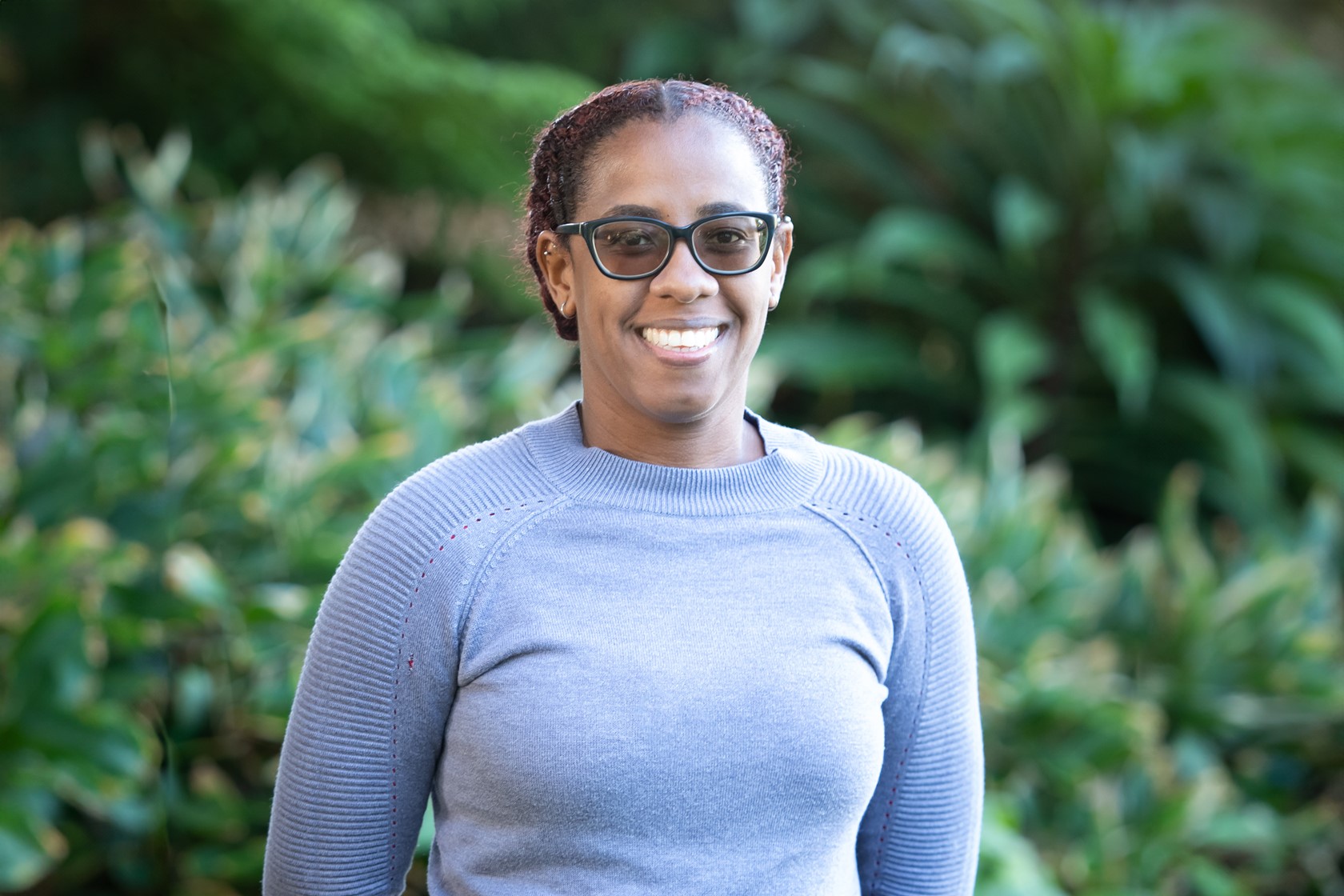
What led you to a career in wildlife conservation?
When I became a mother, I took some time off from my job as a bartender and then started volunteering with the Forestry Department conducting wetland bird surveys. From there, an opening came up at the Saint Lucia National Trust (SLNT) for a Field Monitor to work on the offshore islands conducting biosecurity monitoring, migratory bird surveys, whiptail lizard surveys and visitor tours to Maria Islands Nature Reserve. As luck would have it, the supervisor for the wetland bird survey team was on the interview panel, and I was offered the job. Since then, I’ve delved deeper and deeper into wildlife conservation and there’s no turning back!
Tell us about your role at Durrell and what you did before working here.
Before starting my role at Durrell, I worked for the SLNT as a Programme Assistant in the Conservation Department. There, I assisted with the development and implementation of the Southern Work Programme, which involved managing tour bookings, species surveys, invasive plant eradications and activities related to managing a Marine Protected Area. Fast forward a few years and I was seconded to Durrell for two days a week as the Saint Lucia Project Officer to manage ongoing field projects, which saw me organising teams for field surveys and carrying out the field component of the projects. Now, I work full-time for Durrell as the Caribbean Programme Officer in Saint Lucia, where I focus on the delivery of projects for key species such as the Saint Lucia racer, white-breasted thrasher, Saint Lucia iguana and Saint Lucia whiptail lizard, which are under threat due to predation by invasive species and habitat loss. I also work on outreach and education initiatives within the local community to raise awareness of the island’s threatened wildlife.
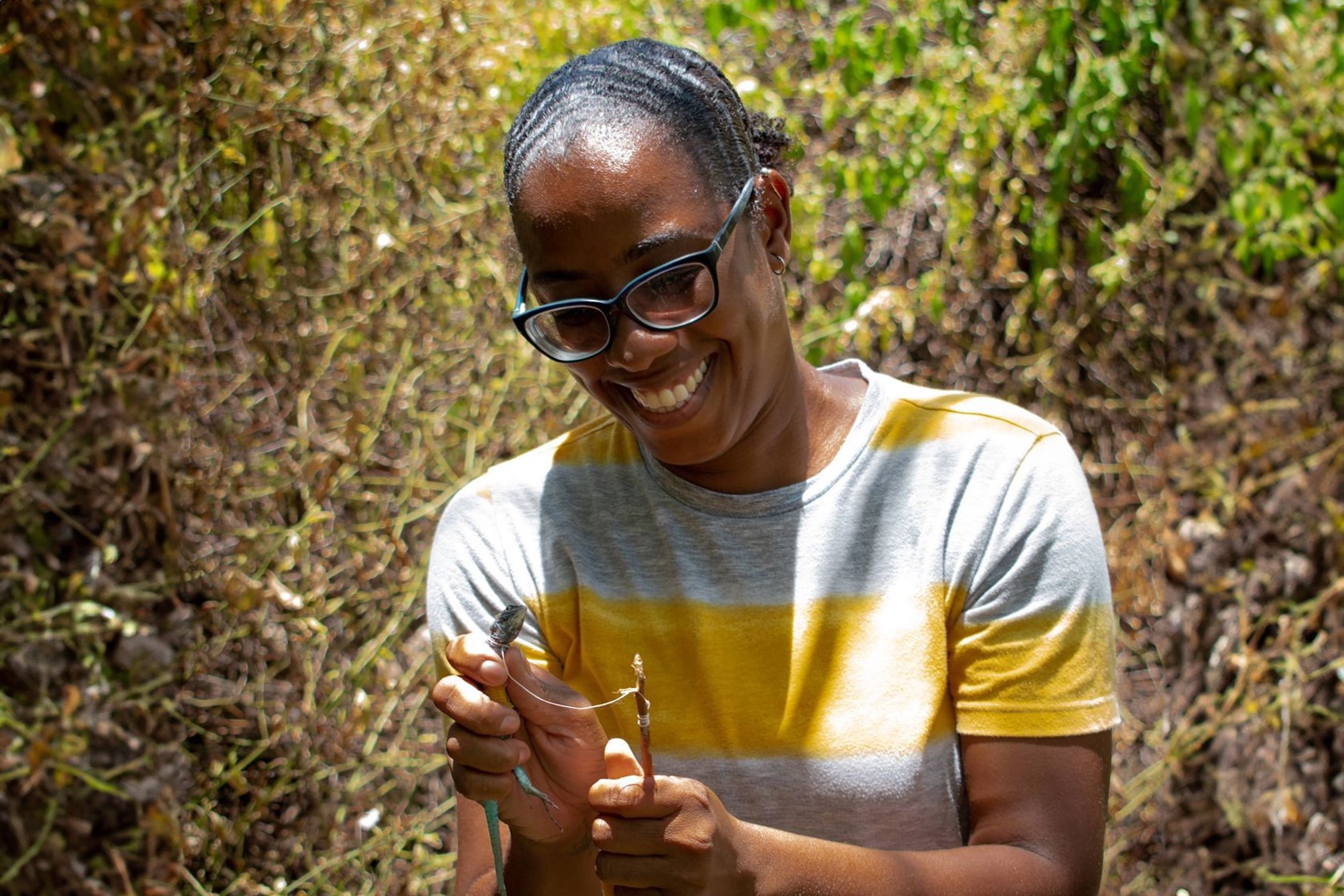
What has been your most memorable moment since working at Durrell?
It’s been said that hard work is never forgotten, and I can say that working on predator control and nest monitoring for the white-breasted thrasher, a highly threatened songbird found only on Saint Lucia and Martinique, is by far my most memorable moment. Being out in the field come rain or shine for eight months was definitely a huge undertaking. From picking mangoes to eat along the way, watching out for the venomous Fer-de-Lance snake, and being given fresh produce by local farmers, all while praying and hoping the chiggers (mites) didn’t bite you!
What do you enjoy most about your work and what is the most challenging part?
I love that I spend most of my time outdoors and I’m not bound to a desk. I love the flexibility of early-morning workdays or mid-afternoon wildlife surveys. The most challenging part is the people component. As one can imagine, interacting with different communities where our projects are based and working alongside partner agencies on the ground can have its ups and downs, but all in all, we get the job done while keeping everyone involved and updated.
What are your hopes for the future of Saint Lucia’s wildlife?
My hope is that, together alongside our partners, we can work towards protecting and reviving native and endangered wildlife, not only on Saint Lucia but the rest of the Caribbean islands too. I also hope to see a change in behaviour among the general public towards saving the islands’ threatened species, so that we won’t have to see these incredibly rare species disappear forever.

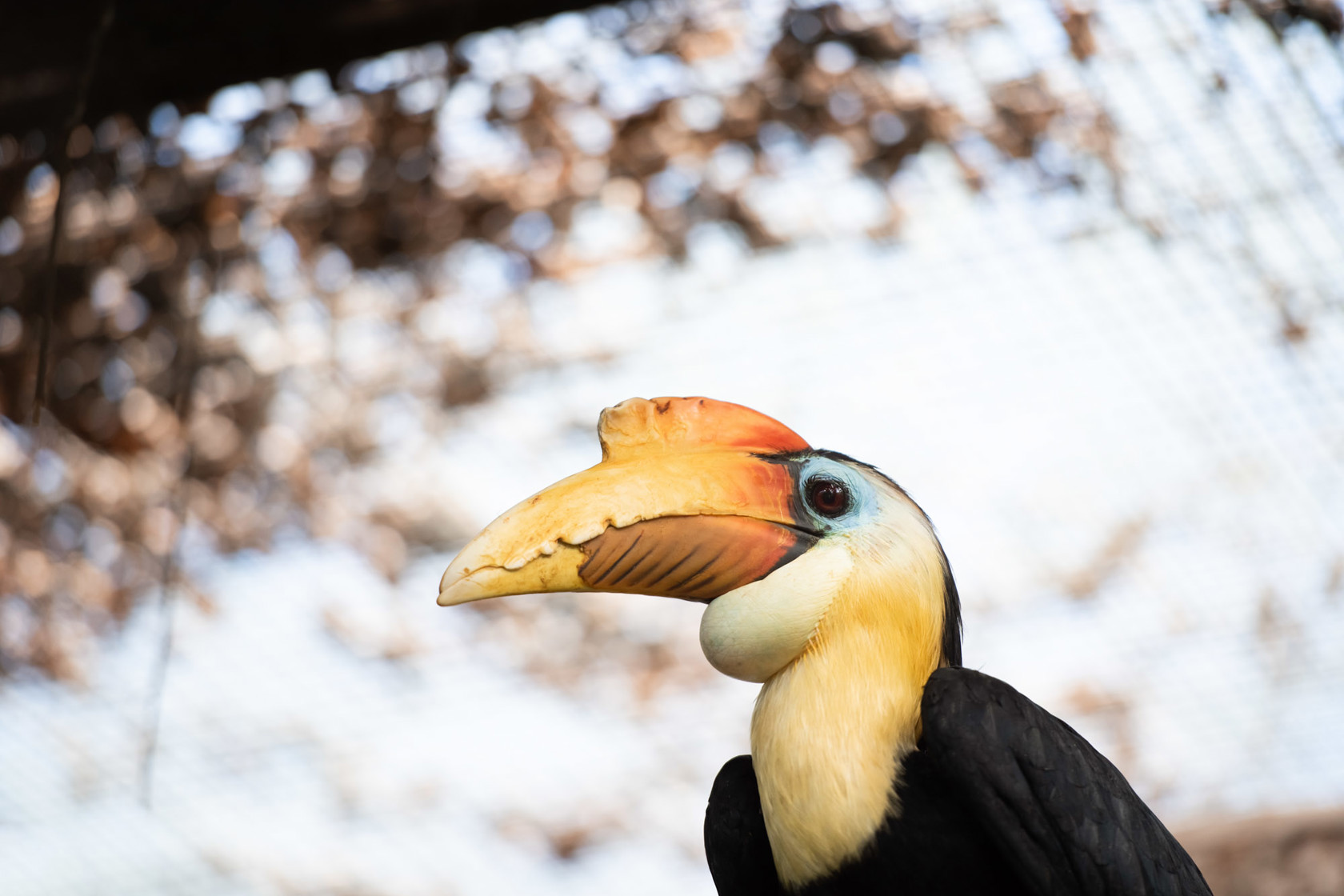
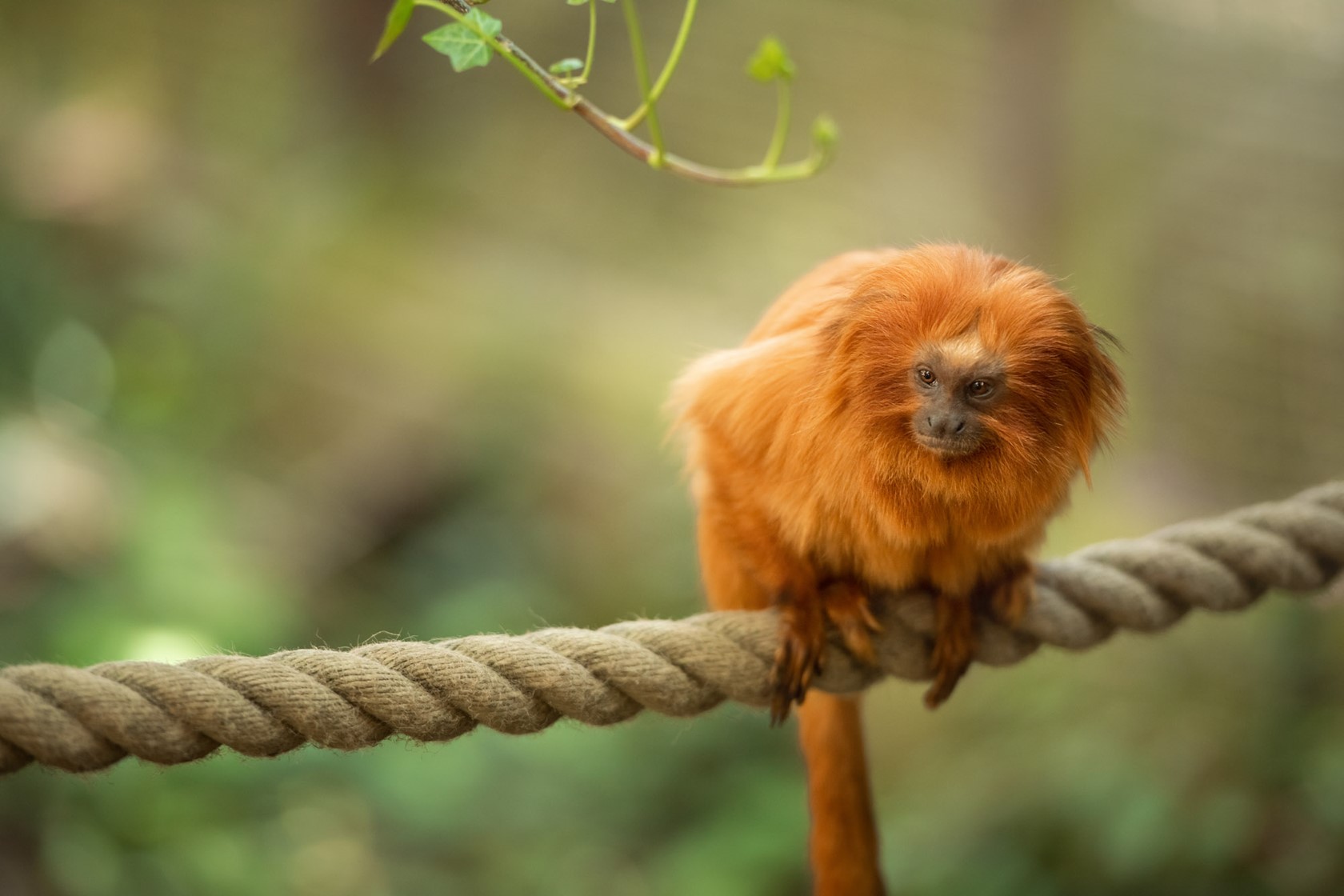
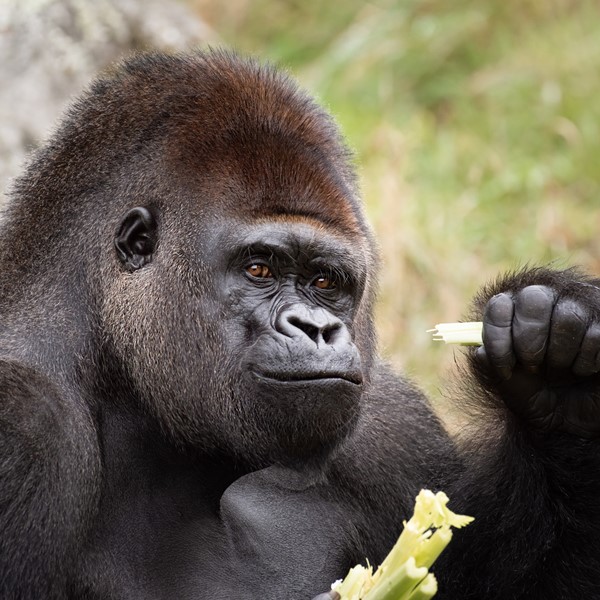 Mammals
Mammals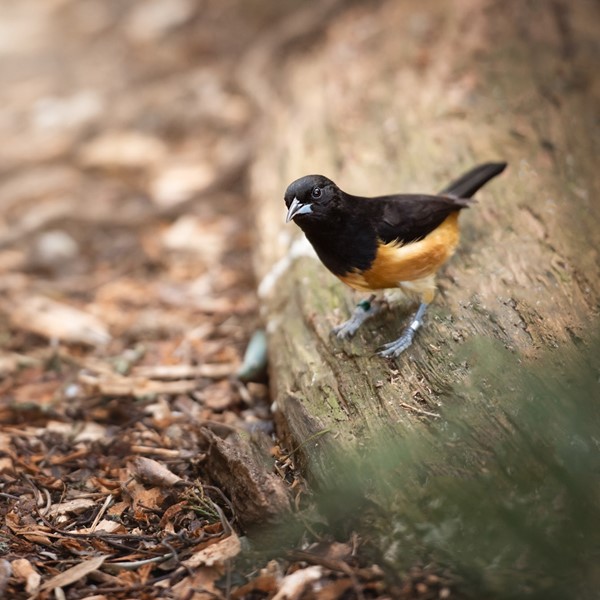 Birds
Birds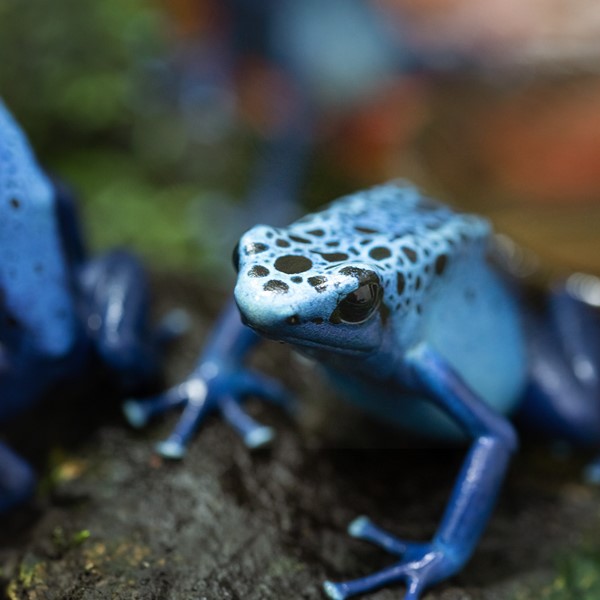 Amphibians
Amphibians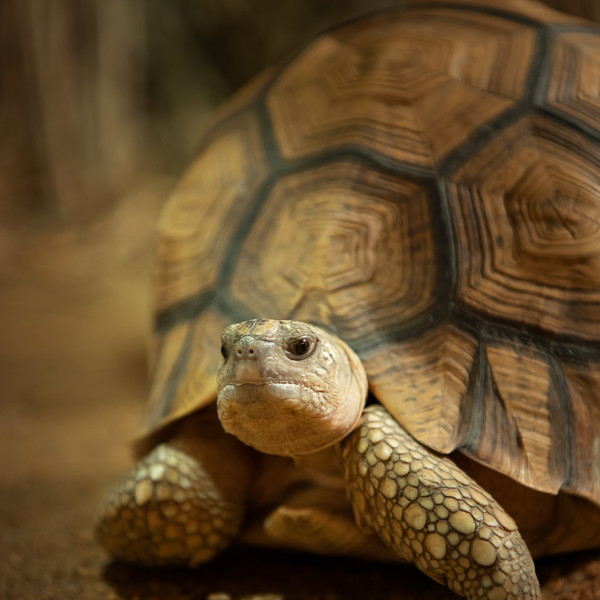 Reptiles
Reptiles